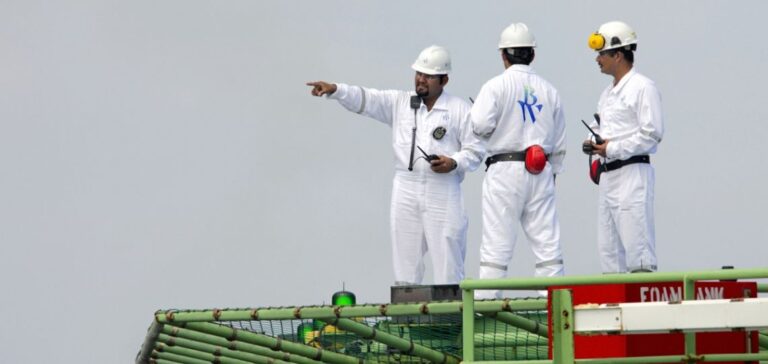BW Energy has identified a new oil field in the offshore Dussafu license, off the coast of Gabon, following drilling operations that reached a total depth of 4,135 meters. This discovery is one of the most significant made in this permit, with an initial estimate of 30 million recoverable barrels.
A reservoir identified at more than 4,000 meters
Analyses conducted on the Bourdon well revealed approximately 34 meters of net oil reservoir within the Gamba formation. The total hydrocarbon column reaches 45 meters, exceeding previous discoveries in this area. BW Energy plans a second drilling operation to refine the field’s extent and assess its commercial viability.
Proximity to existing infrastructure
The Bourdon prospect is located about 15 kilometers from the floating production, storage, and offloading (FPSO) vessel BW Adolo and 7.5 kilometers from the MaBoMo production facility. This strategic location could facilitate the integration of the new field into the existing infrastructure, simplifying its future development.
Implications for oil production
BW Energy holds a 73.5% operating interest in the Dussafu license, alongside Panoro Energy (17.5%) and Gabon Oil Company (9%). The potential integration of the Bourdon field into ongoing operations could increase the company’s oil production and generate additional revenue for Gabon. The development of this new resource could also attract investment and support the local economy, as the country seeks to maximize the value of its hydrocarbons.






















